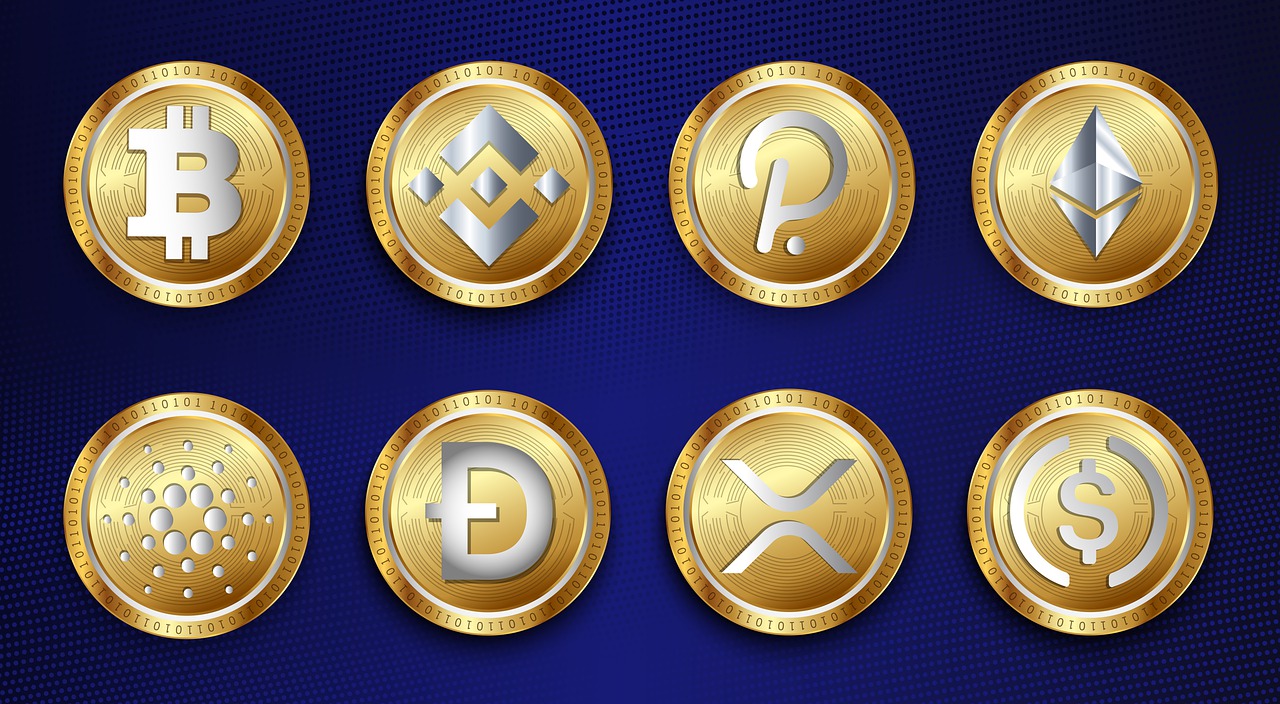Home Cryptography Cardano 101
Cardano 101

Cardano is a blockchain platform and cryptocurrency project that aims to provide a secure and scalable infrastructure for developing decentralized applications (DApps) and smart contracts. It was founded by Charles Hoskinson, one of the co-founders of Ethereum, and his company IOHK (Input Output Hong Kong).
Cardano takes a research-driven approach to blockchain technology, focusing on academic rigor and peer-reviewed research. The platform is built on a layered architecture that separates the settlement layer, responsible for handling the cryptocurrency (called ADA), from the computation layer, which handles smart contracts and DApps.
One of Cardano's key features is its use of a proof-of-stake (PoS) consensus algorithm called Ouroboros. PoS is an energy-efficient alternative to the proof-of-work (PoW) consensus used by Bitcoin, which requires a significant amount of computational power. Ouroboros aims to achieve scalability, security, and sustainability in a decentralized manner.
Cardano also emphasizes security and formal verification techniques to ensure the reliability of its smart contracts. By utilizing programming languages with formal semantics, developers can mathematically prove the correctness of their code, reducing the likelihood of bugs and vulnerabilities.
The Cardano project is divided into phases or eras: Byron, Shelley, Goguen, Basho, and Voltaire. These phases represent different milestones in the development and evolution of the platform, with each phase introducing new features and improvements. As of my knowledge cutoff in September 2021, Cardano was in the Goguen era, focusing on integrating smart contracts into the platform.
